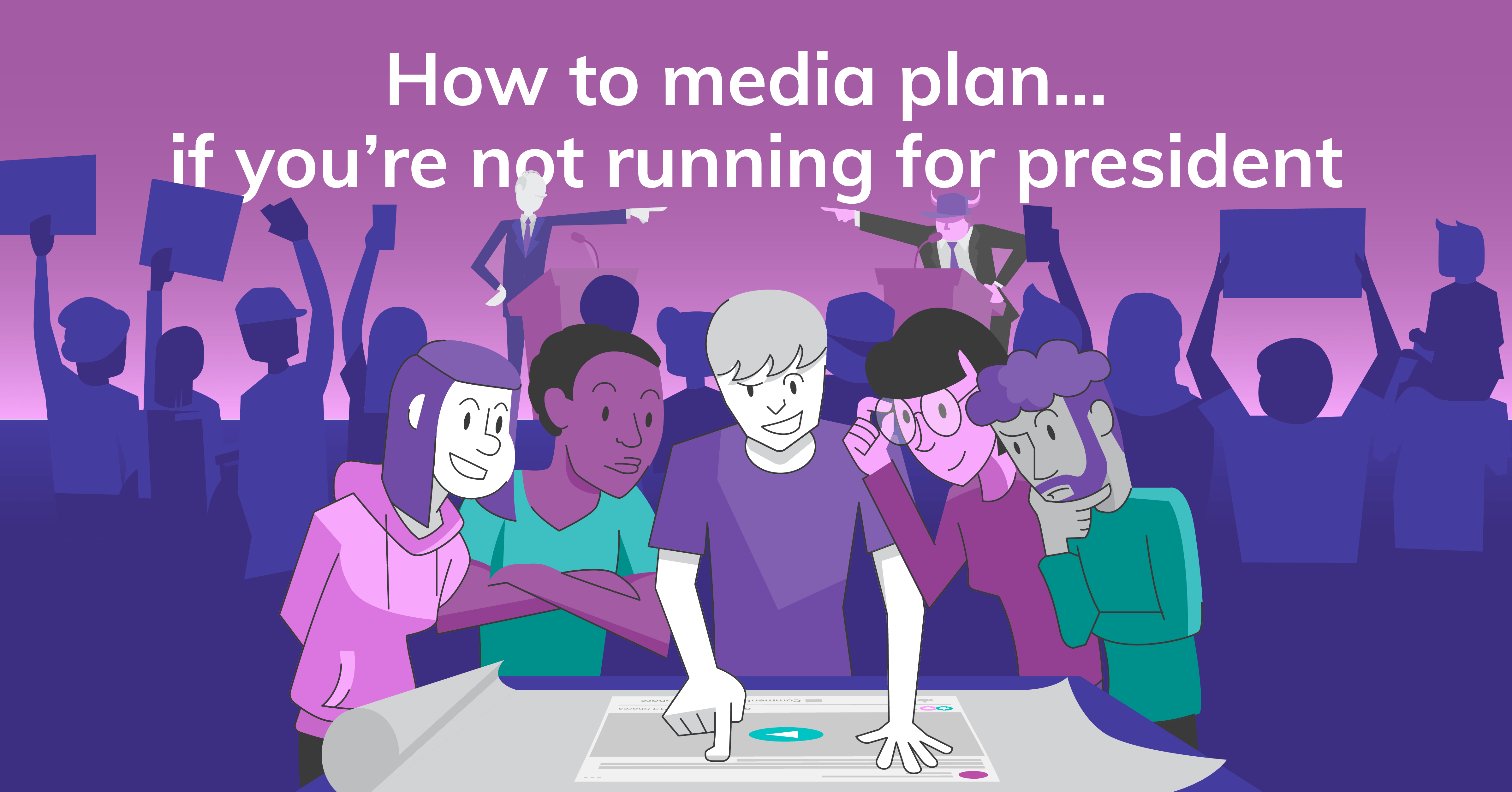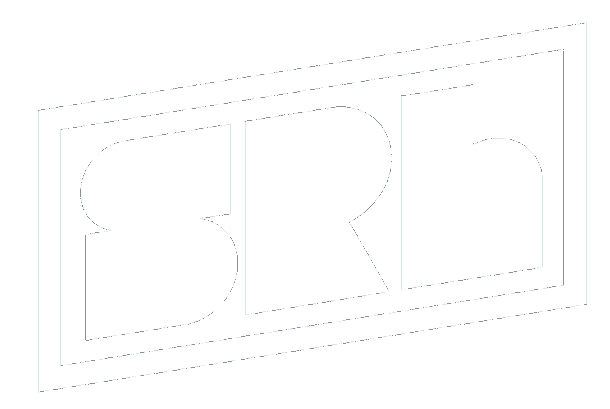How to Media Plan… if You’re Not Running for President

At the beginning of 2020, it seemed like the most stressful thing we would be dealing with was an election year. While that element of 2020 now feels less vital compared to a pandemic, the Black Lives Matter movement, and a recession, it is something that marketers need to be prepared for.
So, as if 2020 wasn’t throwing enough at you, you have to work in the most contentious media landscape in human history. There’s a reason “cancel 2020” is trending.
But maybe 2020 shouldn’t be canceled. Maybe it’s the kick in the pants we all needed.
Here’s the latest.
Latest marketing headlines & resources
- Radio ads are having a moment in the COVID era, and the effectiveness of audio advertising continues to rise, according to this new report from ADX.
- More and more advertisers are taking a break from Facebook, calling the platform ‘Morally Impossible,’ according to this article from NYT. Facebook has truly become the mainstream media in many ways, and their refusal to add more editorial control – while fully on brand for social media – is becoming detrimental to the country. We’re keeping a close eye on how they respond.
- In a great display of support for BLM, Alexis Ohanian stepped down from the board of the company he created – Reddit – to allow more diversity on the board. Reddit has been a mixed bag for advertisers and users alike, and we’re interested to see how the platform keeps evolving as they adjust their culture.
Our current thinking – How to media plan… if you’re not running for president
SRH rockstar, Milly Sauber’s back with some insights on election-year spending:
Pop quiz time! What is the current projected spend for 2020 Presidential Campaign advertising?
- $900 Million
- $6.6 Billion
- $10 Billion
The answer is….
$10 billion. That’s right, campaign advertising alone is going to reach upwards of $9.9 billion this year across platforms, but the place you can expect to see the highest impact is in the digital space, primarily on Facebook.
Crazy, but true – and not totally surprising either.
As digital advertising becomes easier to run and more readily available, fundraising becomes simpler to do via social media and the internet, and the competition between the two candidates heats up, we’ll see an increase in political spending of roughly $3.9 billion compared to the 2016 Presidential Election (2016 advertising numbers were about $6 billion).
On Thursday, June 4th alone, Biden’s campaign spent $1.6 million on Facebook ads. That same week, Trump’s campaign spent $1.27 million on Facebook while Biden’s spent another $1 million on Google.
And this is just getting started. As candidates continue to miss out on in-person campaign rallies and fundraisers due to COVID-19 precautions, we can only expect for these big dollar amounts to continue to pour into digital.
So what can we do about it? With the internet flooded with political ads, how can you make sure you’re getting your message out there and continuing to increase engagement?
Evaluate ROI and KPI’s by channel.
Is social media your biggest revenue driver? Is Google? Take stock of what’s working for you, and use that to help you make a game plan.
If Google is your number one source of ROI then…
Apply a blocklist to your Display and YouTube campaigns.
During the election, accounts troll politically charged websites, like Breitbart for example, screenshot ads, and put you on blast on Twitter. Applying a blocklist of websites keeps your brand intact, and helps save you money on placements you don’t want to be associated with.
If social media is your number one source of ROI then….
Make sure your creative and messaging can cut through the clutter.
Social media is going to be PACKED with ads, and if you want to continue to see success on the platform, your creative is going to need to pack a punch. We can expect to see a lot of red, white, and blue and mudslinging, which can give people platform fatigue. Creative and messaging that can awaken someone out of that political ad fatigue is essential.
Now is the time to test and learn new things.
Try out some platforms you wouldn’t normally try. What editorial sponsorships are out there? Maybe try some Hulu or OTT (over the top) advertising. Consider doing some podcast sponsorships. Investigate what a Key Opinion Leader could do for your business.
Optimize, Optimize, Optimize.
Lagging performance can sneak up on you quickly if you aren’t checking in enough. Important metrics to keep an eye on during this time will be avg. CPC (cost per click), CPM (cost per thousand impressions), and CTR (click-through rate). These metrics will be able to help you best diagnose how your campaigns are performing. Keeping tabs on these metrics week over week will be able to showcase dips or increases in performance.
As always, if you have any questions or need help navigating this crazy digital world we’re living in, we’re around and are happy to help. And don’t forget, election day is November 3rd, make sure you get out and vote!
—
One of the most difficult things about the situation is how quickly the world is changing. It’s hard to make smart decisions when the variables change minute by minute.

